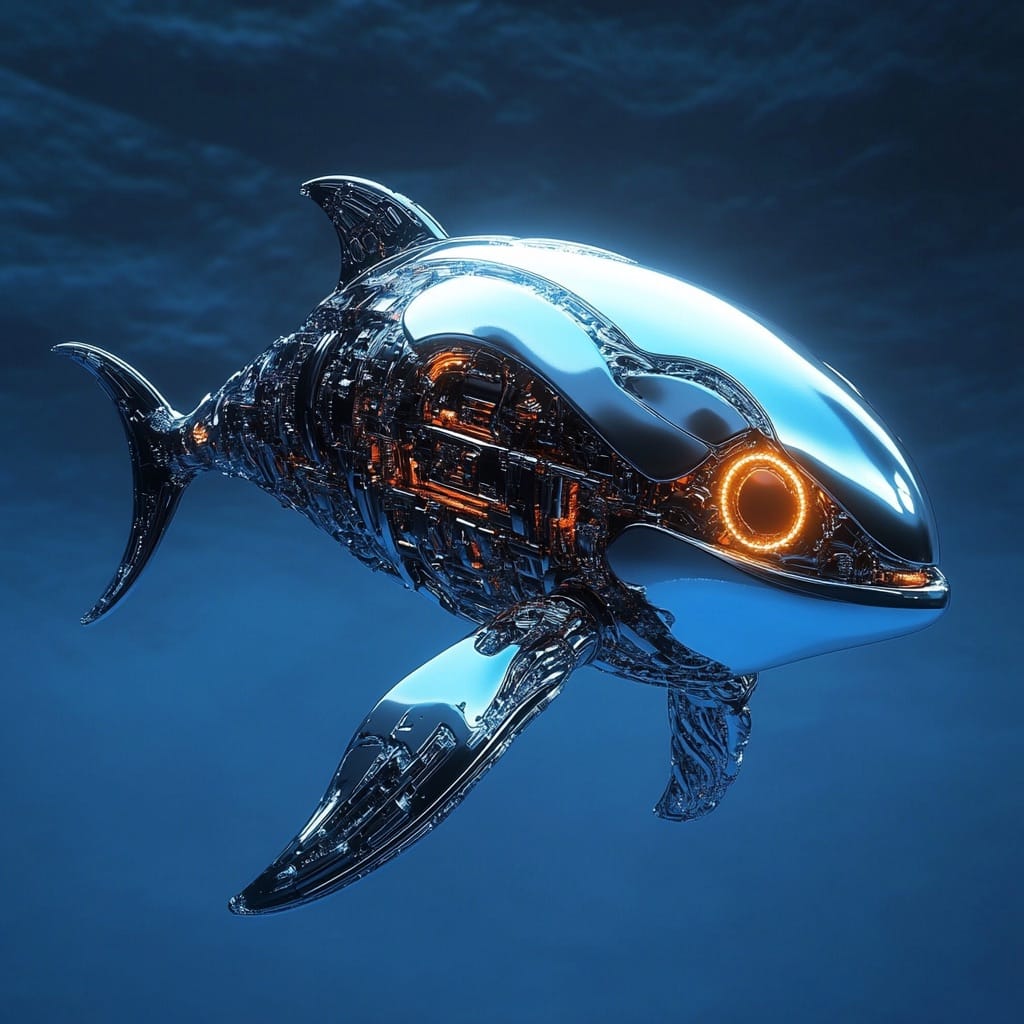
A call to evolve computing for the age of intelligence.
In 1979, Steve Jobs walked into Xerox PARC and saw the future.
What he witnessed—a mouse, a graphical interface, and a virtual desktop—wasn’t just a new way to operate a machine. It was a shift in metaphor. A computer could become something you didn’t program, but something you used. Visually. Intuitively. Instinctively.
The researchers at PARC had built it, but they didn’t fully understand what they had. Xerox, for all its resources, lacked the will to productize it. The vision died on the lab bench.
Apple saw it. Apple felt it. And Apple shipped it.
They spent years—and millions—transforming the GUI into the heart of the Macintosh. Then iOS. These systems changed how we relate to machines. But they were still built on a foundation laid in the 1970s.
And that foundation has aged.
The End of the Old Interface
The mouse was invented in 1964.
The keyboard layout dates back to 1873.
Yet today, in 2025, they remain the primary ways we interact with computers.
Think about that. We’ve miniaturized processors to fit inside earbuds. We have AI that can summarize legal documents and generate code. But we still drag icons with a pointer and tap out commands on a layout designed for mechanical typebars.
The graphical interface that emerged from Xerox PARC was revolutionary—for its time. But its metaphors no longer serve us. Folders. Desktops. Trash cans. These were brilliant bridges from the command line—but they are now walls between us and the real capabilities of modern computing.
The tools that once liberated us are now constraining us.
We don’t need better folders.
We need systems that understand context.
That remember our intentions.
That respond to our needs, not just our clicks.
Shrinking Attention Span Theatre
Let’s be honest about what our devices have become.
They fragment our thoughts.
They steal our time.
They diminish our depth.
Our phones are not tools of knowledge—they are tools of addiction. Notification badges. Algorithmic feeds. Infinite scrolls. These systems are engineered to hijack attention, not support intention.
Social media thrives on outrage. Email overflows like a junk drawer. Every app is a new tab open in the browser of our mind. We don’t work with our computers anymore—we fight through them.
This is not the attention economy.
It’s attention extraction.
And it’s bankrupting our ability to think clearly, focus deeply, and feel whole.
We were promised empowerment.
We got fragmentation.
This is the core failure of our current tech paradigm: not that it doesn’t work, but that it works against us.
The Tool Has Become the Trap 🪤
If distraction is the surface layer, extraction is the foundation.
Our current devices and platforms do not serve us as sovereign individuals.
They serve the corporations that monetize our behavior.
Every scroll, click, hesitation, and message becomes data—packaged, sold, and repurposed to train systems we don’t control, to manipulate preferences we didn’t consent to, and to target us with outcomes we didn’t ask for.
We are not the customer.
We are the product.
The tool has become the trap. 🪤
This is not a bug. It’s the business model.
Advertising-driven ecosystems require engagement at all costs. So they optimize not for truth, focus, or growth—but for addiction, polarization, and compulsive use.
Our privacy is not just breached—it’s been repackaged as a profit feature.
We handed over our digital lives for the promise of convenience—and got surveillance capitalism in return.
Strike Forward
So how do we fix it?
We don’t fix it with more settings or screen-time dashboards. We fix it by building something new. A system that starts from a different premise entirely:
- That attention is sacred.
- That users are not operators—they’re partners.
- That intelligence should be ambient, adaptive, and aligned with human flourishing.
AI gives us the opportunity.
LLMs let us speak naturally.
Vision models let machines perceive space and emotion.
Sensors let systems feel the shape of our days.
Now we must design the operating system that deserves that intelligence.
Not apps, but agents.
Not notifications, but negotiations.
Not inboxes, but ongoing memory.
Not dashboards, but dialogue.
And to do this, we must do what Xerox didn’t:
We must ship.
We must learn by doing.
This won’t happen in a lab. It must happen in people’s lives—through experimentation, feedback, and continuous iteration. The system must evolve with its user, not apart from them.
Begin Again
This is our Xerox Moment.
A chance to glimpse the future.
A chance to act on it.
We can create systems that reduce cognitive load, not increase it.
That surface truth, not noise.
That extend health, learning, and clarity—not just convenience.
That return time, focus, and presence back to the human.
We don’t yet know what this OS will look like in its final form.
But we know what it won’t be: another layer on top of the old.
So let’s begin again.
Let’s not just build smarter machines.
Let’s build machines that help us be wiser humans.
The next interface is not a screen.
It’s a relationship.
And the time to build it is now.